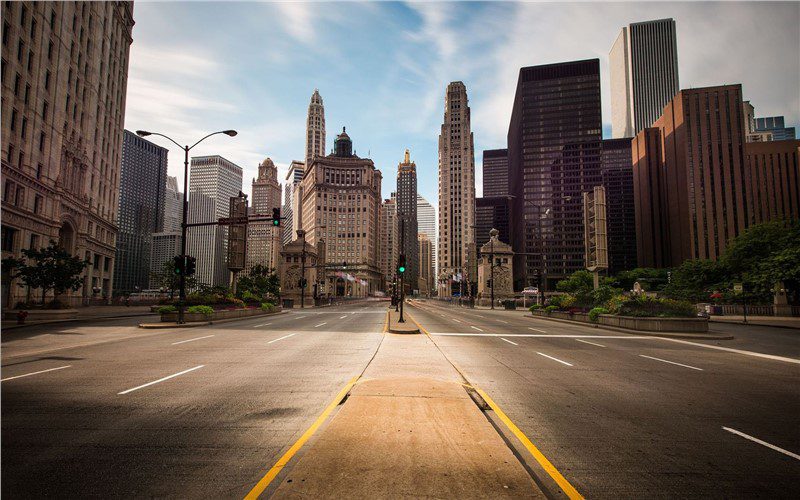
5 Experiential Marketing Ideas for Brands Post-COVID
May 1, 2020

What will our industry look like when the shutdown ends? It'sthe question everyone is asking.
While the slow, staggered economic reopening is beginningacross the United States, it is being met with a combination of excitement andfear. Some are hopeful for a return to normal; others are fearful that a secondwave will send us back into shutdown and more lives will be lost.
Many in the hospitality and event industries have been hitwith job loss or furloughs and crave to get back to work. However, with the uncertaintythat abounds, we can only speculate what our industry will look like, both inthe short-term and beyond. But we also share some of the responsibility for howwe return.
“It’s up to us as an industry to redefine how to bringpeople together,” said Julie Hogan, Global Face-to-Face Marketing Director ofFacebook, inan Event Marketer webinar.
In a previous webinar as part of Event Marketer’s ‘Operation:Recovery’ series, Jamey Sunshine, Director of Experiential for Nestle USA strucka similar tone.
“We’re going to have to be creative in the ways we allowcustomers to enjoy experiences,” he said.
Marketers from brands and agencies alike agree that planningand building event experiences will have to consider safety and wellness likenever before. With that in mind, here are five experiential marketing ideasthat brands could put into play as America breaks out of its shelter-in-place.
1. Mobile Retail
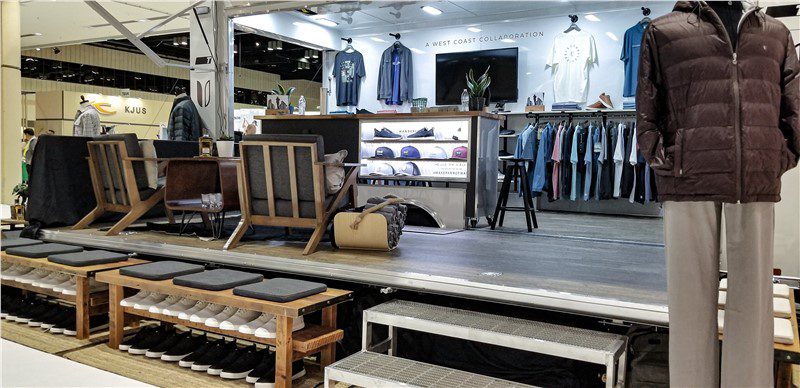
According to most projections we probably won’t see largefestivals again until mid-2021. Major sports may return without fans and largegatherings will be prohibited or discouraged until public health officials getthe virus under control. That rules out industry staples like music festivalsand trade shows.
But what will return sooner than later? Retail shopping.
People have been sitting at home for months, ordering from Amazonand Door Dash and every other online service available, and those will remain powerfultools long beyond the shutdown being lifted. But people will also crave thein-person shopping experience once again.
That’s where brands can meet them, and a mobile retailtrailer is a great way to do so as consumer confidence gradually returns. If consumersare leery about crowds in malls, grocery stores, or brick-and-mortar locations,bringing your brand to them in a smaller, mobile venue makes sense.
It can also be done at non-traditional locations, such asgolf courses, as TRUE Linkswear and Linksoul are doing. They launched their mobilepop-up pro shop tour just before the shutdown started, and although theytoo were put on hold the past few weeks, they’re in a good position to resumeas golf courses start to reopen to the public.
2. The Food Truck Model for CPG Brands
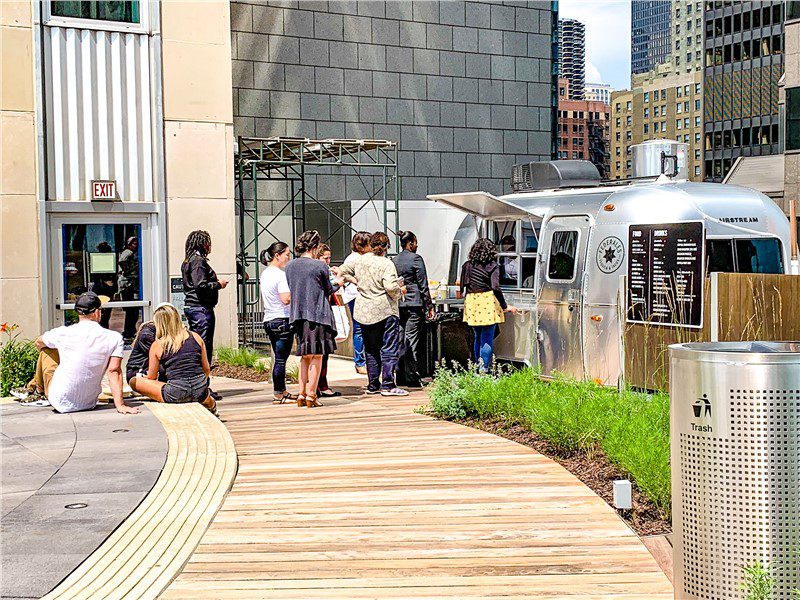
While CPG brands won’t have the big crowds to sample to,they can pivot to the food truck model in order to grab consumer attention inperhaps a more meaningful way. Instead of the hand-over-fist product sampling thatmany brands are used to, why not use your product to create a dish that willnot only attract consumers but build a meaningful connection?
I have managed both types of sampling from an experiential agencystandpoint and acknowledge that there are pros and cons to both. Sampling acooked product requires additional licensing and a higher level of staff, butit also creates a better brand connection.
Are you a potato chip brand? Why not crush up some honeymustard chips and use in place of panko for some chicken fingers? Are you asoft drink brand? How about creating craft cocktails – alcoholic or not, dependingon where you are – for a refreshing twist?
A food truck or trailer inherently allows your staff to stayat a safe distance away from customers, and with social distancing rules in place– such as spots for consumers in line to stand on – you can put consumers atease as well.
There are so many options at play here, but by using yourproduct to curate a thoughtful tasting experience for consumers you aregrabbing their attention much more than simply handing out a bag of peanutsever will.
3. Mobile Healthcare
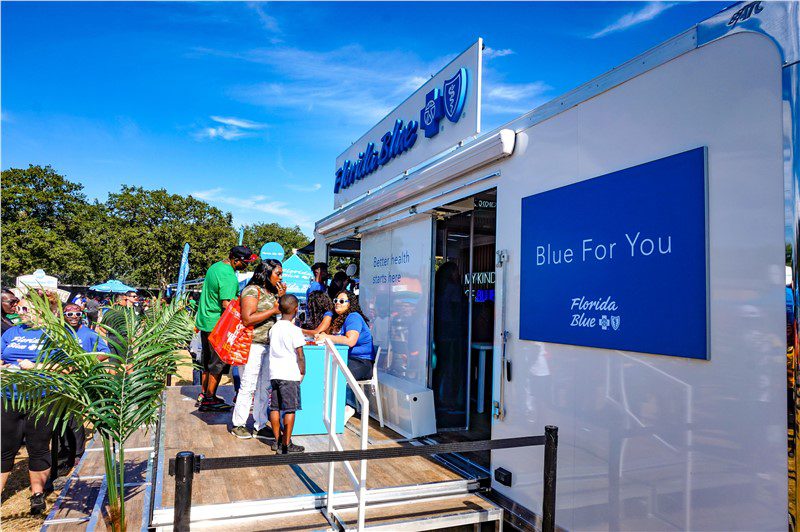
As we think about how to create events and experiences thatconsumers feel comfortable attending, there is a great opportunity forhealthcare companies to jump in.
Florida Blue began this last fall with their mobileretail center trailer that offered healthcare consultations, flu shots, andother services to consumers at community events. It launched at the FloridaBlue Classic in Orlando in November, providing attendees services that they maybe hesitant to seek out if they weren’t right in front of them.
It doesn’t have to be done at a large sporting event. In theshort-term, healthcare providers can bring mobile clinic trailers or mobilehealthcare consultation trailers to consumers in the parking lots of shoppingcenters such as Walmart or Target, parks, or downtown street corners.
4. Goodwill Activation
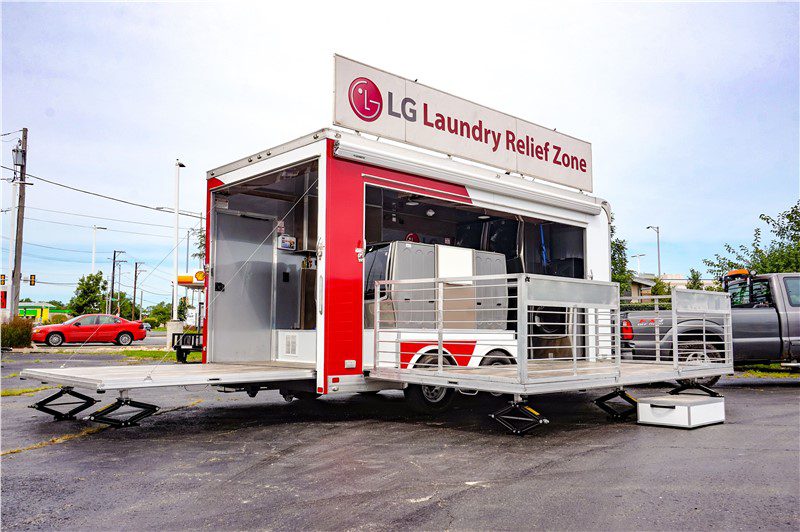
It may not be for every brand, but those who have somethingto offer as a goodwill play have an opportunity to make a difference as Americagets back on its feet. One of my favorite activations from last year was YETIproviding giant water silos for attendees at events – in this case, the WindyCity Barbecue – to fill their reusable water bottles. That’s an easy goodwilloffering that resonates with consumes. Yes, YETI had an activationspace at the event where they were promoting and selling products, but you didn’t have tobe using a YETI product to refill your water bottle. Whether I had one or not (I didn’t),the brand resonated in my mind long after the event.
Another example is LG Electronics, who loaded a trailer withwashing machines and driers to take into natural disaster areas, such as Houston after Hurricane Harvey, and offer free laundryservices to those in need.
Could your brand offer masks or gloves any other needed hygiene product to consumers? Maybeyou’re a CPG brand that could serve products to healthcare workers or otherson the frontlines of this pandemic. As long as you’re doing it for the rightreasons – to help and serve the community, rather than simply a publicrelations stunt – it will help create brand affinity.
5. Create Your Own Local Events
Yes, large-scale events and mass gatherings will be on the back-burnerfor the next 12 months or so, but that doesn’t mean brands can’t curate theirown small, personalized, local events. It kind of goes against how we as eventmarketers typically think: biggest bang for the buck. But creating anultra-personal experience for a small group of people makes so much sense duringthis time and it can be replicated in multiple markets.
First, it assuages consumers’ fears of catching the virusamong large crowds. By keeping it to, say, 50 people or less, you’re notbringing people into contact with any more people than they would at Costco.
Second, the personal nature of the small event gives thefeel of exclusivity, which will make consumers feel important after spending somuch time locked up in their homes. Your brand is catering to them, not amass crowd in which they are just a number. That helps create a personal connectionbetween your brand and that consumer.
Third, you can use the small event to create digital contentthat lives on long after the event itself. We saw Mosaic do just that with the award-winningWhatever USA in 2014. Yes, that had 1,000 people in attendance, but by drawingon the same principles used from that event, you can create content that reachesfar more than just those who were in attendance.
Conclusion
Most of these ideas utilize a trailer, and there are goodreasons for that. Trailers inherently create a barrier between staff and consumers.While we typically promote the barrier-breaking qualities of a trailer – a stagetrailer, which has walls that fold down, for example – in times like this thosebarriers can play an important role.
Consumers will be cautious and social distance guidelineswill remain in place, so using a trailer for mobile retail, food sampling,healthcare consultations and services, goodwill offerings, and event curationallows your brand to control the setting.
If it’s a mobile retail activation or a healthcare offering,you can let a certain number of people in at a time. If it’s a food sampling,consumers are already used to waiting in line at food trucks and you can markoff line spots six feet apart. If you’re curating the event, the trailer canserve as your command center or logistics hub, or a bar to serve drinks toattendees.
At Advantage Trailer, we want to help your brand moveforward from COVID-19. We have both the trailer fabrication expertise and theexperiential marketing experience to craft a solution that drives results foryour brand. We have several trailers on our lot ready to be fabricated to meet your brand’s needs or we can custom build one from the ground up.
Give us a call at 630-524-2029 or email justin@advantgetrailer.com tostart the conversation.
More From Our Blog
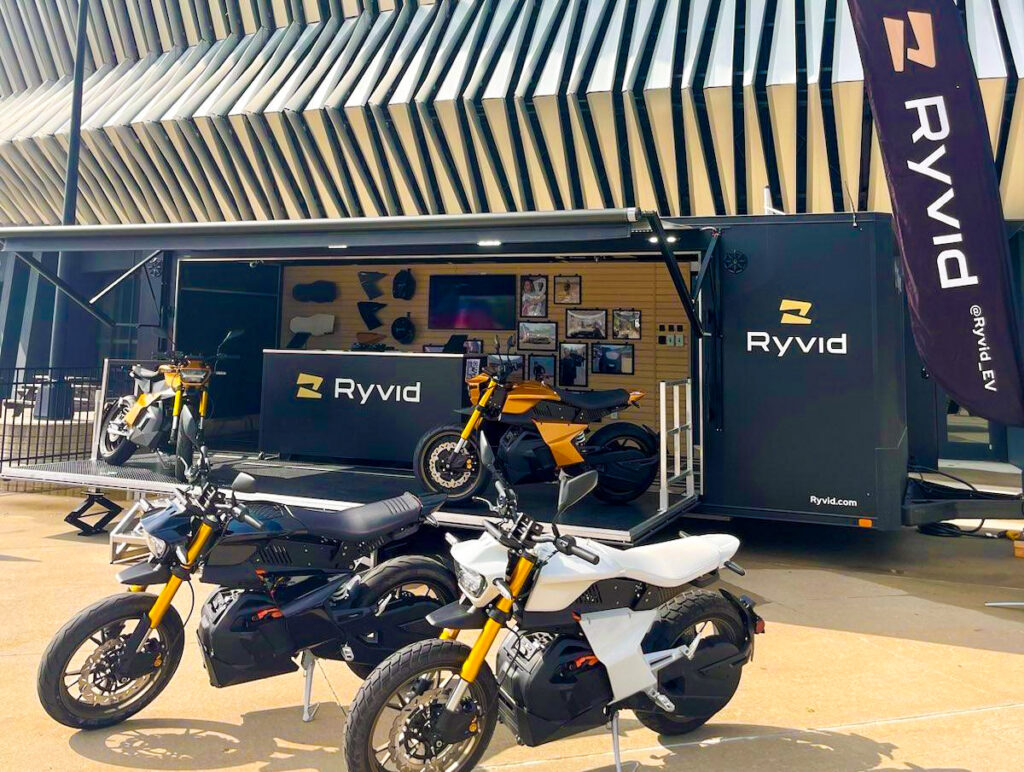 Advantage Trailer 2023 Trailer Sales Year in ReviewAdvantage Trailer sold trailers to 31 different states in 2023, but 66% of our sales were in-state. Here’s our 2023 Year in Review.Read More
Advantage Trailer 2023 Trailer Sales Year in ReviewAdvantage Trailer sold trailers to 31 different states in 2023, but 66% of our sales were in-state. Here’s our 2023 Year in Review.Read More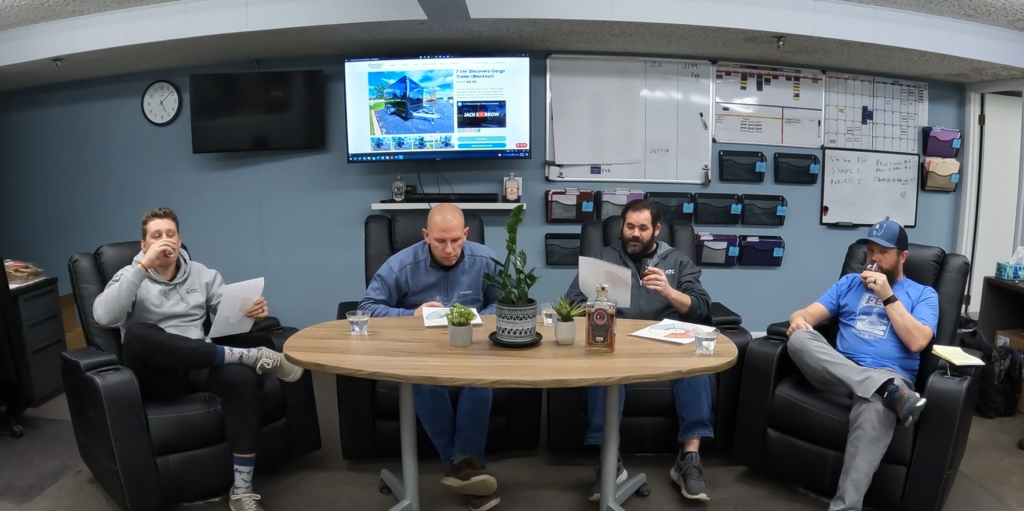 Advantage After Hours Episode 5: FEW Spirits All Secrets Known Bourbon ReviewIn Episode 5 of Advantage After Hours, we taste and review the Alice in Chains ‘All Secrets Known’ tequila-finished bourbon from FEW Spirits.Read More
Advantage After Hours Episode 5: FEW Spirits All Secrets Known Bourbon ReviewIn Episode 5 of Advantage After Hours, we taste and review the Alice in Chains ‘All Secrets Known’ tequila-finished bourbon from FEW Spirits.Read More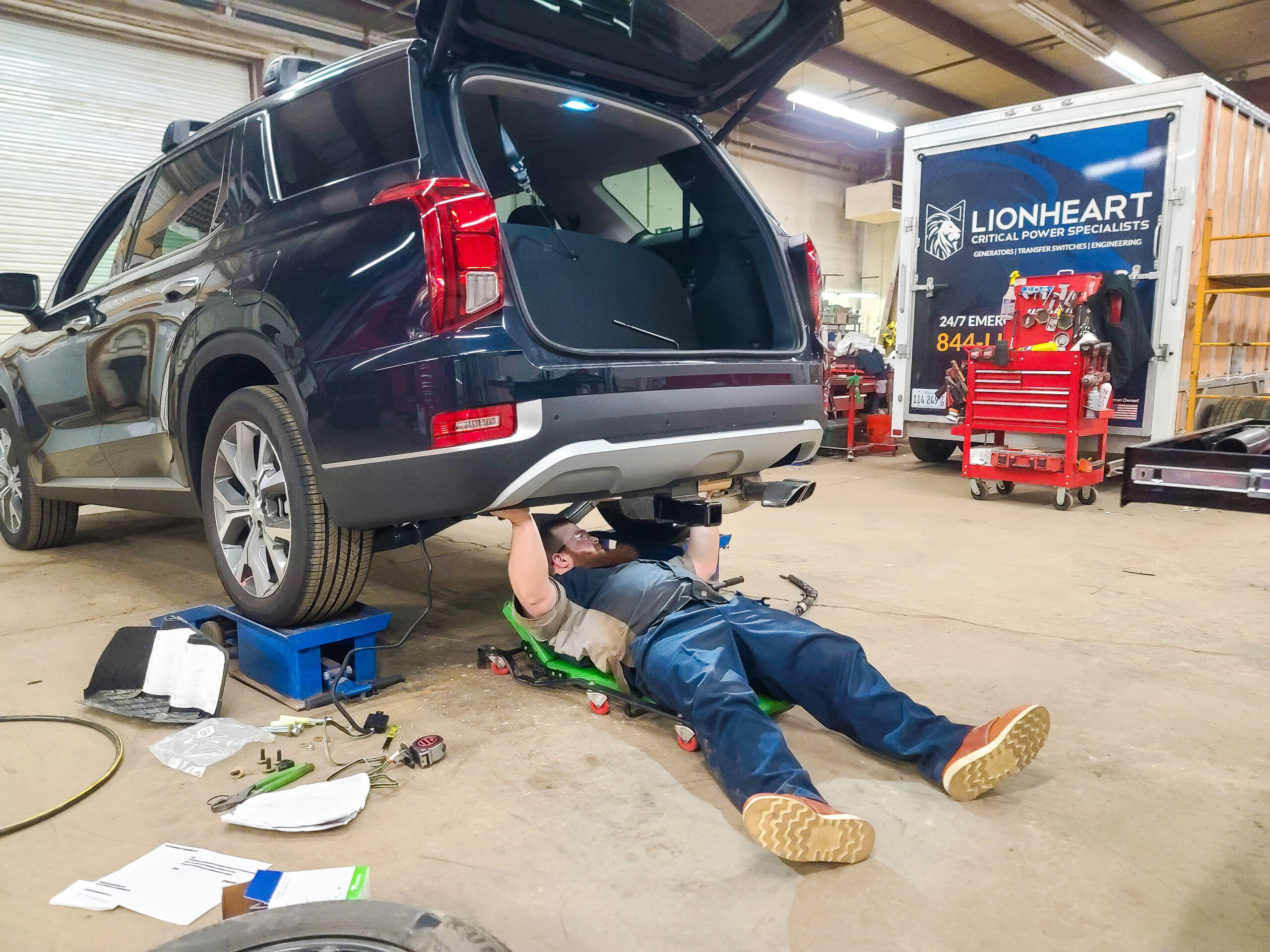 Going the Extra Mile: The Perks of Having a Hitch on Your VehicleHaving a hitch on your vehicle opens up a world of possibilities, from towing trailers to mounting bike racks or cargo carriers.Read More
Going the Extra Mile: The Perks of Having a Hitch on Your VehicleHaving a hitch on your vehicle opens up a world of possibilities, from towing trailers to mounting bike racks or cargo carriers.Read More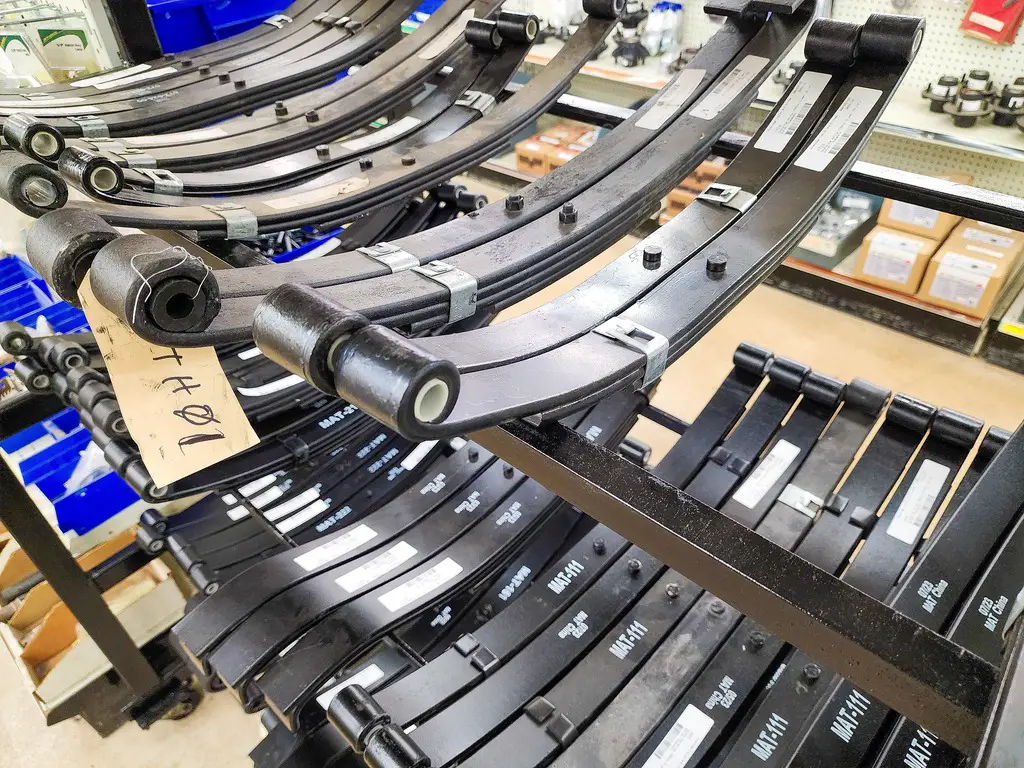 Maximizing Trailer Performance: Understanding Leaf Springs and When to Replace ThemRecognizing the signs of wear and tear on leaf springs, such as sagging, cracks, or unusual noises, is vital to ensure safe towing.Read More
Maximizing Trailer Performance: Understanding Leaf Springs and When to Replace ThemRecognizing the signs of wear and tear on leaf springs, such as sagging, cracks, or unusual noises, is vital to ensure safe towing.Read More